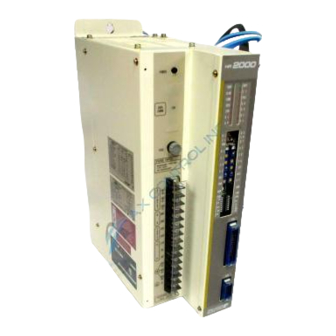
Reliance electric HR2000 Series Manuals
Manuals and User Guides for Reliance electric HR2000 Series. We have 1 Reliance electric HR2000 Series manual available for free PDF download: Installation, Operation And Maintenance Instructions
Reliance electric HR2000 Series Installation, Operation And Maintenance Instructions (79 pages)
Three-Phase Input High Performance Controller and Motor
Brand: Reliance electric
|
Category: Controller
|
Size: 1 MB
Table of Contents
Advertisement